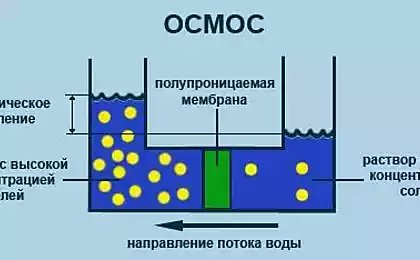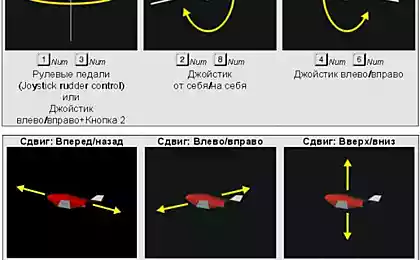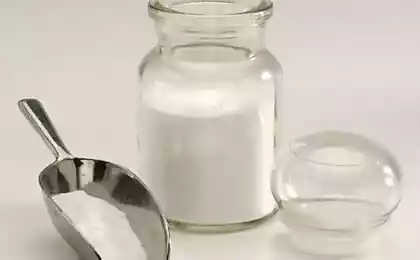475
On a drinking mode position in Ayurvedic medicine

Myths about the benefits of drinking large amounts of water are greatly exaggerated. After reading these tips, start to drink 2-3 liters a day and "eliminate toxins". But the toxins do not appear so quickly.
AMA (toxins) usually lies in the deep layers of 7-Dhatus (the 7 major tissues of the body), 16 Meals (16 main channels, which serve to transfer the subtle and gross matter), and just one water is not excreted, because of the AMA is similar to Kapha (your fat).
If you can wash the fat with cold water? Or even hot (which is also recommended to drink SIPS of hot water)? No! Usually for this "rinsing" the additional funds required.
So drink water in order to remove toxins seems almost useless. And with weak kidneys – even harmful, as it further weakened them, loading useless work.
What about the fact that the body needs fluid of course, necessary. Within reasonable limits. And so the body consists mostly of water. So that appeals to drink a lot – I can, to put it mildly, to be not quite right. Especially for some States. Especially for Kapha.
Further from the article of Dr. M. A. Mezentsev:
“It will be about a drinking person from the position of Ayurvedic medicine. This topic is raised not by chance – surprised by such a full-scale agitation excessive fluid intake, and people's reaction to this campaign.
In recent years, more and more people are believing in advertising and in the hope of healing begin to intensely drinking water, considering that the more liquid consumed, the more toxins removed from the body. The minimum recommended amount of fluids – about three litres; and tea, juice or juice for the liquid is not considered.
Campaign "long live heavy drinking!" support and a "Ayurvedic specialists", appealing to the masses through Internet mailing lists and publications, forgetting or not knowing the recommendation "Charaka Samhita" (the most ancient of the extant Ayurvedic treatises, the chief work in the field of therapeutic areas of medicine) that during the meal to count to one third of the stomach was filled with solid food, the second – liquid or liquid food, and the third was left empty for free movement Tridosha.
Known to the ancient commentators said that this statement must be taken less strictly, allocating more space for solid food (to mentally divide the stomach into four equal parts and two of them to fill the solid food thoroughly chewed, one – liquid food, and the last part left free for the unimpeded interaction of Tridosha.
On this basis, we can assume that the main fluid intake during the day must be meal times (Ashtanga Samhita, Hydeia 1.8.47-54.):
"For zapivaniya food cooked with barley and wheat, is perfect cold water. It is good after yoghurt, wine, honey and after taking poisoned food.
Warm water is recommended after meals that is rich in starch, after whey, skim milk, fermented beverages.
Source: aayurveda.ca/theory/water/#more-3993























